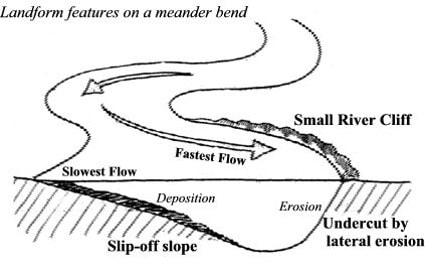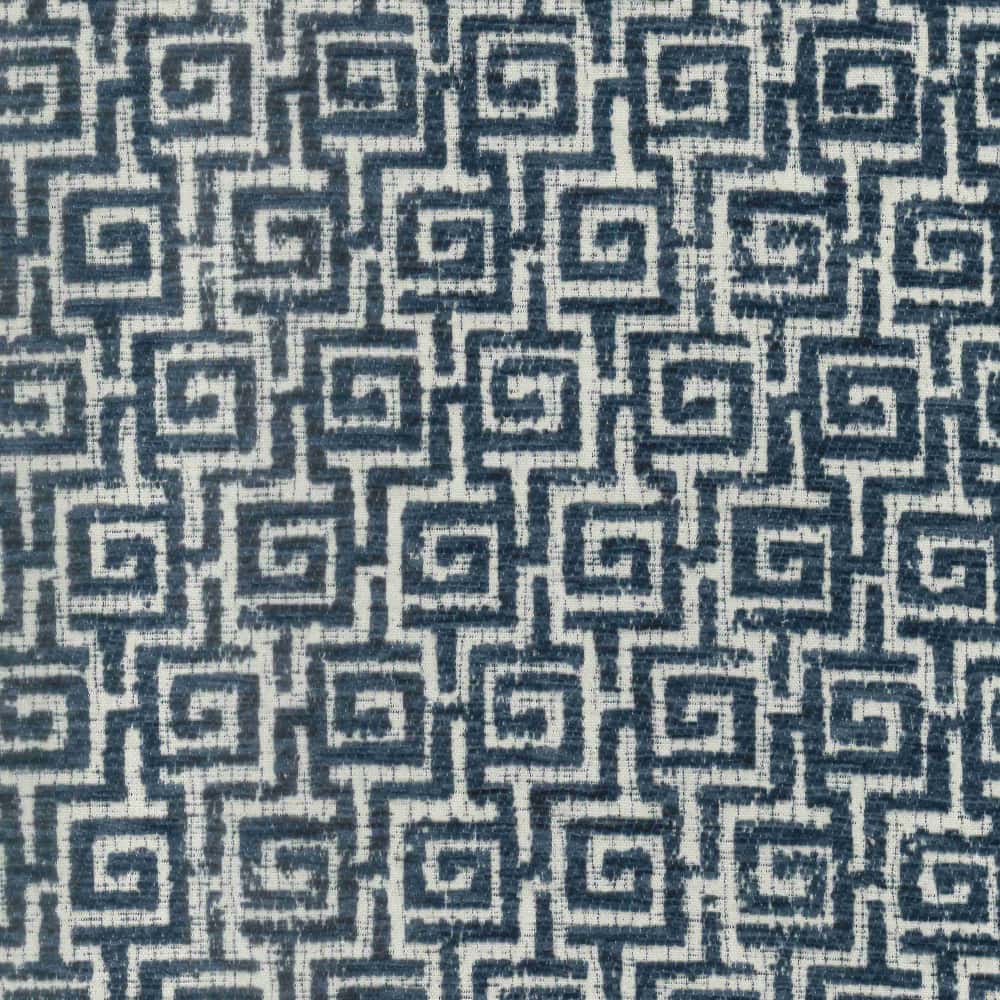

The cookie is used to store the user consent for the cookies in the category "Performance". This cookie is set by GDPR Cookie Consent plugin. The cookie is used to store the user consent for the cookies in the category "Other. to move around with no clear purpose: We meandered around town for a couple of hours. Once a meander starts, it often becomes more and more exaggerated. As a river makes its way through an area that is relatively flat, it often develops bends as it erodes its way through the path of least resistance. To meander means to follow a winding or flexuous course: and when it is said. A meander is when water flows in a curvy, bendy path, like a snake. This cookie is set by GDPR Cookie Consent plugin. Find the legal definition of MEANDER from Blacks Law Dictionary, 2nd Edition. The cookies is used to store the user consent for the cookies in the category "Necessary". This cookie is set by GDPR Cookie Consent plugin. uk / miæn.d r/ us / miæn.d / meander verb (RIVER/ROAD) I If a river, stream, or road meanders, it follows a route that is not straight or direct. The cookie is set by GDPR cookie consent to record the user consent for the cookies in the category "Functional". The cookie is used to store the user consent for the cookies in the category "Analytics".

These cookies ensure basic functionalities and security features of the website, anonymously.

Material eroded here is deposited downstream in point bars.Necessary cookies are absolutely essential for the website to function properly. Meanders Formation of a meander In a straight river channel pools and riffles will develop as water twists and turns around obstructions such as large boulders. In geology, this is known as an area of high-energy. Meanders form when water in the river erodes the banks on the outside. Not only are cut banks steep and unstable, they are also the area of a stream where the water is flowing the fastest and often deeper. What is the definition of a meander of a river A meander is a bend in a river channel. In the middle course the river has more energy and a high volume of water. Given enough time, the combination of erosion along cut banks and deposition along point bars can lead to the formation of an oxbow lake. : a usually irregular surveyed line following the outline of a body of water that is used to measure abutting property and is not a boundary line. Often, particularly during periods of high rainfall and higher-than average water levels, trees and poorly placed buildings can fall into the stream due to mass wasting events. Typically, cut banks are steep and may be nearly vertical. Rejuvenated terrains usually have complex landscapes because remnants of older landforms are locally preserved.

These include the formation of waterfalls and rapids, knick points, river terraces and incised meanders. As opposed to a point bar, which is an area of deposition, a cut bank is an area of erosion. River rejuvenation can lead to a number of changes in landscape. They are shaped much like a small cliff, and are formed by the erosion of soil as the stream collides with the river bank. Cut banks are found in abundance along mature or meandering streams, they are located on the outside of a stream bend, known as a meander, opposite the slip-off slope on the inside of the bend. Cut banks along the Cut Bank CreekĪ cut bank, also known as a river cliff or river-cut cliff, is the outside bank of a curve or meander in a water channel ( stream), which is continually undergoing erosion. JSTOR ( August 2022) ( Learn how and when to remove this template message)Ĭut bank erosion and point bar deposition as seen on the Powder River in Montana.Unsourced material may be challenged and removed. Please help improve this article by adding citations to reliable sources. In this section of the valley the river erodes laterally. Meandering streams develop in relatively flat areas, such as a floodplain, and where sediment consists primarily of. This article needs additional citations for verification. Meanders occur in the middle valley and are the result of erosion AND deposition processes on a river. A stream consisting of successive meanders.


 0 kommentar(er)
0 kommentar(er)
